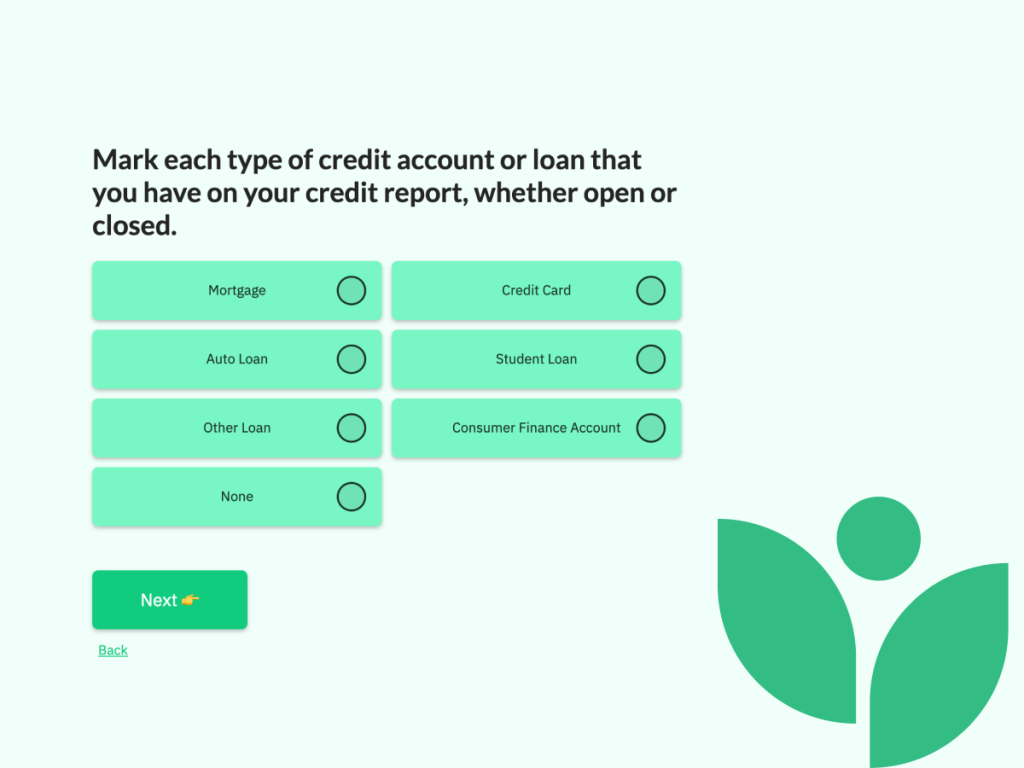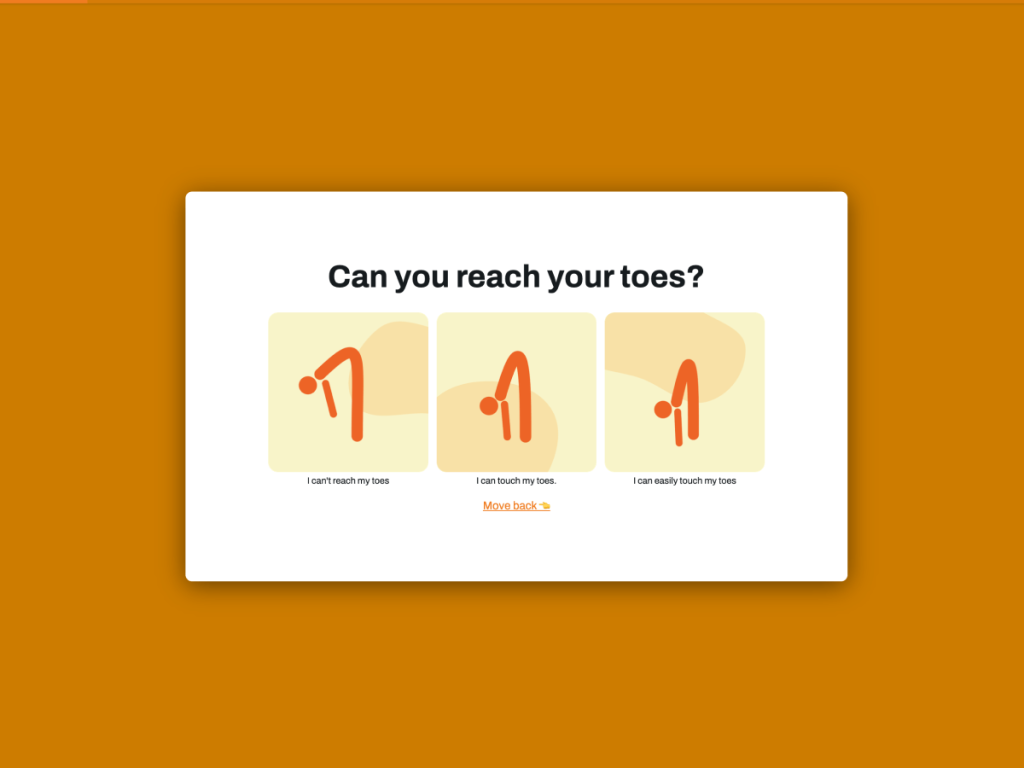Are you looking to boost your website's visibility? Organic traffic is key. It's the traffic you get from search engines, without paying for ads. Why does it matter? Sites with more organic visitors typically see higher trust and better conversions.
Now, let's talk about a creative way to attract these visitors: interactive content. This isn't just any content; it's designed to engage users actively. From quizzes to polls, these tools make your visitors more than just viewers, they become participants.
Why is this kind of content soaring in popularity? 85% of marketers use tools like surveys and quizzes to learn customer preferences. This means not only more engagement but also valuable insights into what your audience really wants.
In this article, we’ll explore how you can use interactive content to drive organic traffic to your site. We'll cover what works, what doesn’t, and how to make the most out of every interaction. Ready to get started? Let’s explore.
What is Interactive Content?
It is a dynamic form of web material that prompts users to engage directly with the information presented. Unlike static content, which includes articles, blogs, and videos where the user’s role is passive, interactive content requires active participation. This involves answering questions, making choices, or entering data. Examples of such content include quizzes, surveys, calculators, interactive infographics, and polls.
Benefits of Interactivity
Enhanced Engagement: It captures the attention of users more effectively than traditional, passive content. It turns the viewing experience into a conversation by involving the user in the process.
Increased Dwell Time: As users interact with content, they spend more time on your website. This prolonged engagement signals to search engines like Google that your content is valuable, which can help improve your SEO rankings.
Higher Conversion Rates: It has the potential to guide users down the conversion funnel. For instance, a well-designed quiz can lead to personalized product recommendations, increasing the likelihood of a sale.
Data Collection: It can also be a valuable source of data, providing insights into user preferences and behaviors. This data can inform your marketing strategies and help tailor your offerings to better meet the needs of your audience.
Shareability: Users are more likely to share content that they find engaging or personalized. Each share extends the reach of your content, attracting more organic traffic to your site.
Types of Engaging Content That Boost Organic Traffic
Content that engages users actively not only makes their experience more enjoyable but also helps enhance your site’s organic traffic. Here’s a look at various types of content that can significantly boost your website's visibility and user engagement.
Quizzes and Polls
Quizzes are engaging tools that challenge users to test their knowledge or discover something new about themselves, such as personality quizzes. Quizzes encourage users to engage more deeply with your content and return for more by providing immediate feedback and the option to share results. You can create these engaging quizzes using platforms like involve.me, which allows for easy integration and customization.
Polls are simple and quick to participate in, polls are excellent for gaining insights into your audience’s preferences while encouraging them to interact with your site. The real-time results feature can keep users coming back to see how others have responded.
Interactive Infographics
Infographics that are interactive allow users to click, hover, or scroll to discover information dynamically. This not only makes data more digestible but also more engaging.
You can use them to illustrate complex data like statistics or trends. For example, an interactive map showing demographic information can help users personalize the data they want to see, keeping them engaged longer.
For creating compelling interactive infographics, Canva offers a user-friendly platform with elements and embed links, making your data visualization both informative and engaging.
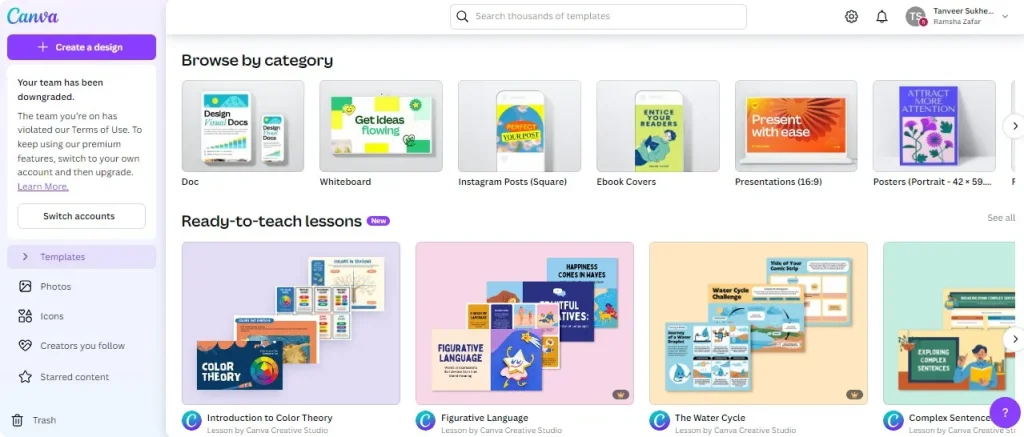
Calculators
Calculators are tailored tools that users can manipulate to get specific data responses, such as loan calculators, calorie counters, or financial planning tools. You can build calculators with involve.me, which provides a versatile toolset for creating personalized calculators that can address a wide range of user needs and improve engagement on your site. Here is an example
Interactive Videos
Videos that prompt user interaction, such as choosing the next segment of the story or answering questions directly within the video.
They transform passive video viewing into an active experience, significantly increasing the time users spend on your page and enhancing user experience by adapting to their choices. Wirewax and Eko are popular tools that specialize in adding interactive layers to video content.
Assessments
These can be used to evaluate skills or knowledge in a particular area, offering personalized feedback based on user responses. They are particularly popular in educational environments and career-related platforms.
Optimizing Interactive Content for SEO
Interactive content not only engages users but can also significantly improve your site’s SEO if optimized correctly. Effective SEO strategies will enhance the visibility of your content in search engine results, drawing more organic traffic to your website. Here are key tactics for optimizing your content for better search engine performance.
Keywords and Meta Tags in Content
Just like traditional content, interactive content should incorporate relevant keywords to rank well in search engine results. Use keyword research tools, such as Ahrefs, to identify terms that your target audience is searching for and integrate these into your content’s questions, responses, and even in the coding elements like ALT tags for images and descriptions in quizzes or infographics.

Don't overlook the power of meta tags, title tags, and meta descriptions that appear in search results. These tags should include primary keywords and be written to accurately reflect the interactive element of the content, which can increase its appeal in search results.
Using Engaging Titles and Descriptions to Improve Click-Through RateS
The title is often the first thing a user sees in search results, so it needs to catch their attention and encourage a click. Use dynamic language that conveys the interactive nature of the content, like “Calculate Your Savings: Interactive Tool” or “Discover Your Ideal Career Path with Our Quiz.”
The meta description provides a brief preview of what the user can expect from the content. A well-crafted description should promise an engaging experience, use action-oriented language, and include a call to action, such as “Take our quiz now to find out!”
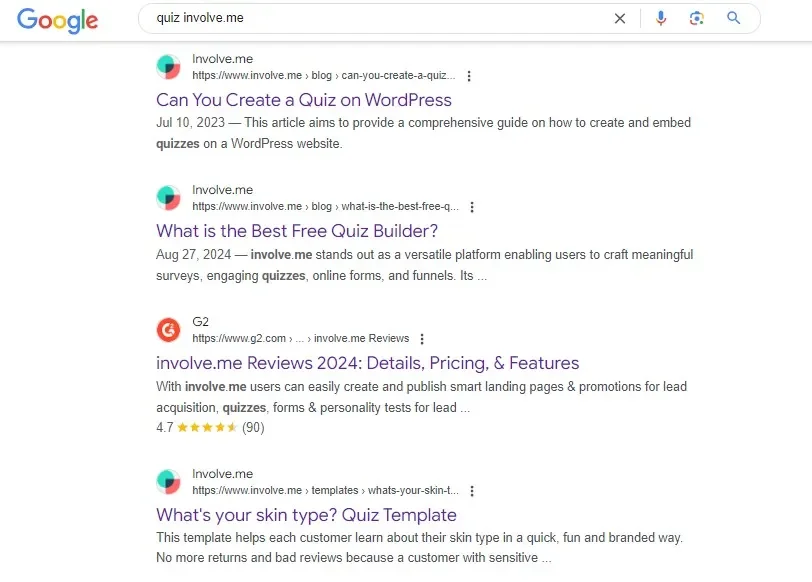
Link Building Through Interactive Content
Incorporate internal links within your content to guide users to related content on your site. This not only enhances user experience by providing more valuable information but also encourages deeper engagement with your site, which is favorable for SEO.
Interactive content is highly shareable and can attract backlinks from other sites, which is crucial for SEO. Promote your tools across your social media channels, in newsletters, and through outreach to bloggers and journalists to encourage linking. You can also offer to customize the tool for other sites or create guest posts that include your content.
Also, provide an embed code for your tools, like infographics or calculators, so other sites can easily incorporate them. Each embed represents a backlink, boosting your site’s authority and search rankings.

Measuring the Success of Interactive Content
Effectively measuring the success of such content is important for understanding its impact and optimizing future strategies. By identifying the right key performance indicators (KPIs), using the appropriate tools, and adjusting your strategy based on analytics, you can ensure your content is achieving its goals.
Key Performance Indicators (KPIs)
Track how users interact with your content through metrics such as time spent on page, interaction rates (e.g., number of quiz completions), and bounce rates for the pages hosting that content.
If your content is designed to convert users, such as signing up for a newsletter after completing a quiz, measure the conversion rates associated with these actions.
Monitor how often your content is shared and discussed on social media platforms. High share and comment rates often indicate that your content is resonating well with your audience.
For content like surveys and polls, feedback scores can provide direct insights into user satisfaction and engagement.

Tools and Techniques for Measuring Engagement and Conversion Rates
Use Ahrefs or web analytics tools like Google Analytics to track detailed interaction and conversion metrics. These tools can show you not only how many people are interacting with your content but also how they are engaging with it.
Tools like Hotjar or Crazy Egg provide heatmaps and session recordings that show where users are clicking, how far they are scrolling, and how they navigate through elements.
Implement A/B testing to compare different versions of your content to see which performs better in terms of user engagement and conversions. This can help you fine-tune elements like call-to-action placements, quiz questions, or the layout of your tools.
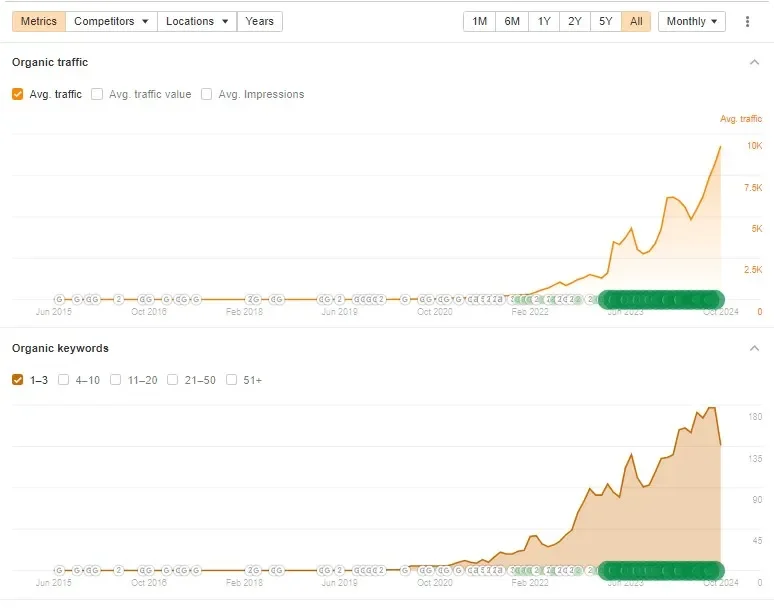
Adjusting Your Strategy Based on Analytics Data
Use the data gathered from your analytics tools to make informed decisions about changes and enhancements to your interactive content. If certain types of content perform better than others, consider why and how you can replicate this success in other areas.
Pay attention to direct user feedback from your content. This can be through comments, survey responses, or direct messages. Use this qualitative data to understand user needs and expectations, which can guide your content adjustments.
Look at long-term trends in the data, not just immediate results. Identify patterns in user behavior and preferences over time. This will help you anticipate changes in user engagement and adjust your strategy accordingly.
Final Words
Interactive content isn't just a passing trend, it's a powerful strategy to enhance your website's organic traffic and engagement. Using tools like quizzes, polls, and calculators not only captures the interest of your audience but also keeps them coming back. The key to making the most of this strategy is not just in creating compelling content but also in continuously optimizing and measuring its impact.
Stay proactive in analyzing how your content performs. Adjust and refine based on real feedback and performance data to ensure it remains relevant and engaging. As the digital market evolves, so should your strategies, keeping you ahead in the game of engagement and SEO.
Interested in creating engaging quizzes, surveys, or calculators for your website? Check out involve.me. It's a fantastic platform that simplifies the creation of engaging, multi-step funnels that combine form, quiz, survey, and calculator elements, helping you draw in more visitors and gain insightful data to boost your strategy. Start building funnels with involve.me today and transform how visitors interact with your site!
Create Your Own Interactive Content
Get Started with 350+ Templates
Ad Spend ROI Calculator Template
"Keeping Up With Current Events" Quiz Template
Calculate My Credit Score Quiz Template
Customer Engagement Quiz for Software Template




